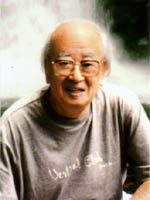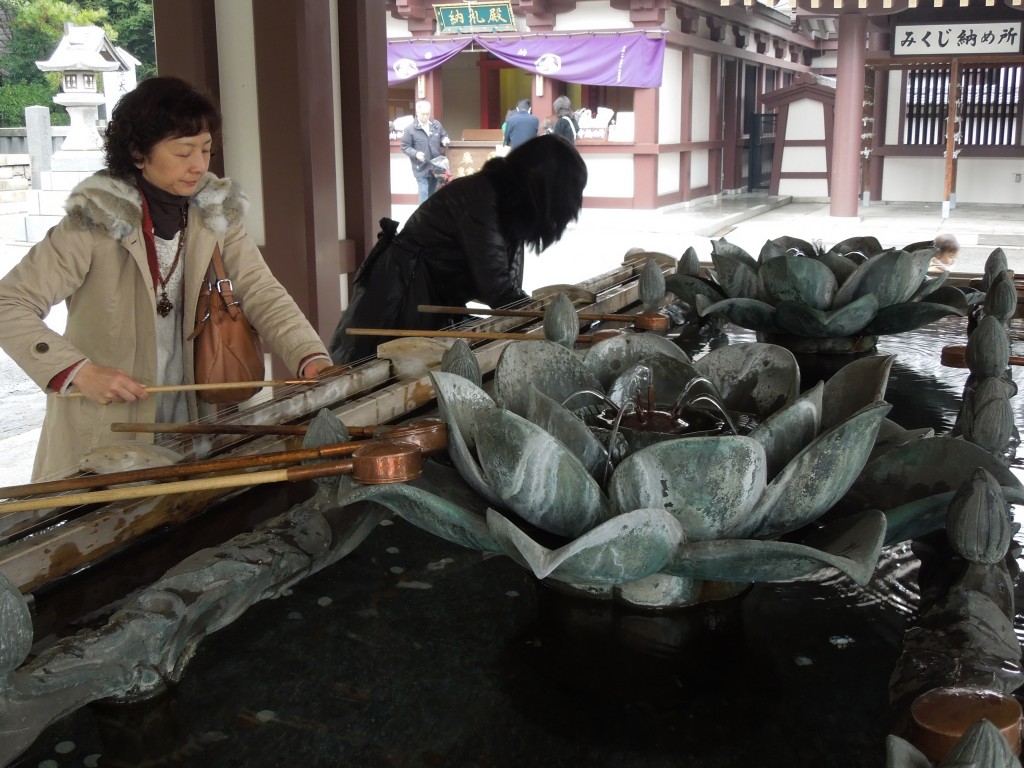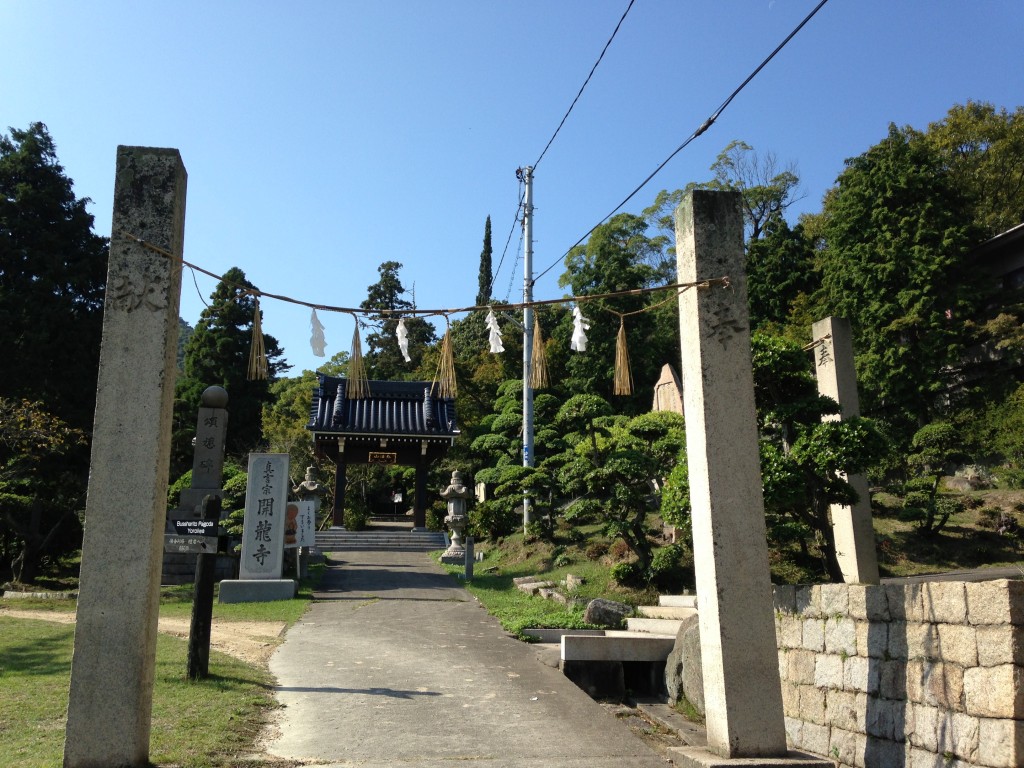What exactly is Shinto? It’s a vexing and intriguing question. Ancient animism which has survived to the present day? An ancestral and tribal religion, which celebrates Japaneseness? An indigenous religion with roots in Yayoi times, or a manipulative system to legitimise the Yamato emperor?
Questions like these underpin a striking introduction by Mark Teeuwen and Bernard Scheid, editors of ‘Tracing Shinto in the History of Kami Worship’ in the Japanese Journal of Religious Studies 2002 29/3-4. Quote follows:
There is a fundamental uncertainty about central questions relating to Shinto. Is it a relic of ancient nature worship, surviving by some miracle into the modern age? An amorphous repository for Japan’s metahistorical cultural subconscious, impenetrable for foreigners? Or is it an outdated invented tradition, cynically created by the Meiji government to aid the building of the Japanese nation state? Even if we limit our view to contemporary society, how is it that most Japanese are involved in some form of shrine practice (at least in the form of hatsumode (New Year’s visit to a shrine), while at the same time “Shinto” seems to mean nothing to them?
*****************************************************************************************************************

Kuroda Toshio (1926-93)
Much of the modern scholarship questioning Shinto has been influenced by the work of Kuroda Toshio (1926-1993), a noted scholar of religious history. The following passage is taken from the above journal and gives an account of Kuroda’s work, which can also be found summarised on this Wikipedia page dedicated to him. (‘Kenmitsu Buddhism is a term referring to all types of Buddhism, whether exoteric or esoteric.)
**********
Kuroda introduces his argument by focusing on the history of the term itself. He states that until at least the Kamakura period, the word Shinto was used not to refer to a “popular religion” by that name, but more or less as a synonym for kami. Moreover, he points out that during the later Heian and Kamakura periods, the worship of these kami functioned as a well-integrated constituent of kenmitsu Buddhism, the orthodox system of exoteric and esoteric Buddhist schools that dominated religious practice throughout the premodern period.
The so-called temple-shrine complexes, where kami and buddhas were worshiped side by side, were paradigmatic for the religion of that time. In Kuroda’s view, the religious thinking that gave rise to these institutions was not a compromise or a mixture between two opposing religions, but a well-integrated system of religious thought and practice applied to a range of different deities.
Within this system, groups specializing in kami worship existed alongside a number of more mainstream Buddhist factions. While these groups concentrated on certain Japanese kami, they did not question the Buddhist framework within which these kami were to be understood and worshiped. It was among such groups that self-professed forms of Shinto emerged towards the end of the medieval period.

Water basin for washing hands with the Buddhist symbol of lotus blossom, indicative of Buddhism's dominance of kami worship over the centuries
In the early-modern period, this newly invented Shinto tradition gained particular favor among anti-Buddhist Confucian scholars, while at the same time, popular kami practice remained subsumed within Buddhism. By and large, it was not before the Meiji period that the notion of a non-Buddhist Shinto religion gained general acceptance, and was implemented m practice. It was largely due to repressive Restoration politics that “Shinto achieved for the first time the status of an independent religion, distorted though it was” (Kuroda 1981,p.19). By gaining independence from Buddhism, however, Shinto was cut off from high-level religious philosophy, and as a result it “declined to the state of a religion that disavowed being a religion” (Kuroda 1981,p.19).
In this way Kuroda denies the existence of Shinto as a religious system, in effect during any period of Japanese history, and exposes the notion of Shinto as Japan’s unbroken indigenous religion as a theological fabrication. At this point it is essential to specify that Kuroda does not, of course, maintain that kami cults or shrine worship are recent inventions. Far from denying the prominence of kami and shrines, Kuroda ascribes to them a central role within the hegemonic kenmitsu system, as a way to localize Buddhist power in the Japanese territory and state (Kuroda 1996, pp. 374-75).
What Kuroda rejects is the existence of Shinto as an autonomous system parallel to kenmitsu Buddhism. If we employ the term Shinto in a way that is consistent with the sources, Shinto history began in the fourteenth century. If we define the term analytically, it can be argued that the nationwide system of ritual offerings to kami, instituted as part of the Ritsuryo system and epitomized in the Engi shiki (“Procedures of the Engi Era”, 927), was a benchmark in the history of Shinto.

Syncretic kami worship remains the norm in many places, here exemplified in a Shingon Buddhist temple on Shiraisihi Island in the Inland Sea, which houses a shrine within its grounds

For clear comprehension, defining terms is of course imperative. Defining ‘Shinto’ is a lengthy and fraught business, but utterly fascinating. It’s a bit like defining the word ‘Celtic’, which can mean rather different things depending on whether you are talking about language, history, art or dna. Woven into all of this is the term’s own mythos. For good reason there is a romantic thread to ‘Shinto’ and to ‘Celtic’ … and in both a haunting echo of very ancient days. Thanks for shedding comparative light through Green Shinto.